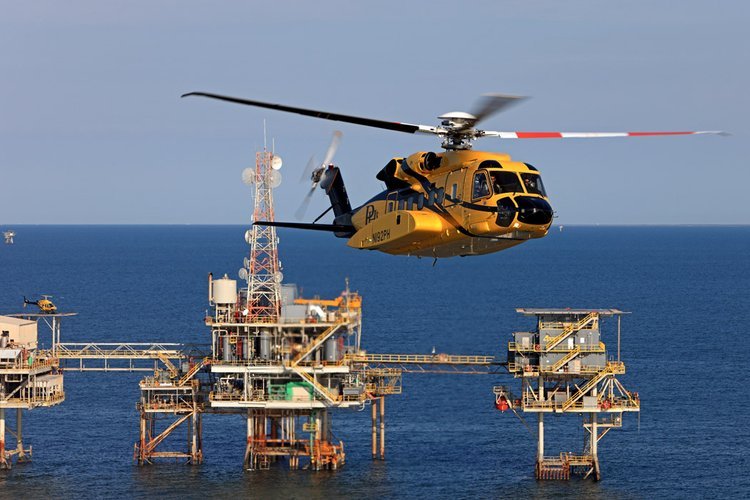HeliOffshore Releases Summary Results of Industry Safety Survey
Today, HeliOffshore released abridged results of its 2023 Safety Survey, run with support from the IOGP Aviation Sub-Committee. The cross-industry survey was conducted to help develop understanding of the state of certain elements of the offshore helicopter sector.
In total, more than 1,000 responses were received, including from helicopter operators, frontline staff, and energy company customers. The report presents an analysis of those responses and paints a mixed picture of the industry in terms of safety performance improvement.
The survey was similar to one undertaken by HeliOffshore two years prior. Many of the questions aimed to measure change over the last 12 months to see the ‘direction of travel’ rather than an absolute rating, with the associated subjectivity. The survey included questions across seven core areas of offshore operations.
In around 60% of questions, the situation was rated on average as improved (to varying degrees) when compared with 12 months ago. This included all questions relating to Safety and Quality Processes, Flight Crew Training, and Remote Working.
However, most of the questions relating to Airworthiness and Supply Chain, and Workforce on average rated the situation as worsened, to a greater or lesser extent. The responses and comments provided by the respondents raise several themes worthy of further focus, many of which will already be familiar to organisation active in the industry.
Based on these results, HeliOffshore has made four recommendations across the areas of:
- Supply Chain
- Frontline Wellbeing
- Fatigue Monitoring and Management
- Data Sharing
The abridged results – available on the HeliOffshore website here – provide a summary of the recommendations.
Dr Matthew Greaves, HeliOffshore’s Safety Intelligence Programme Director, said: ‘Thank you to everyone who participated in our survey. The data provided provide paints a detailed picture of the current and future direction of our industry, and the pressing challenges we face to improve safety performance.’
Tim Rolfe, CEO of HeliOffshore, added: ‘Our previous survey delivered a number of recommendations, some of which are repeated in this report. We must act now to develop targeted action plans to execute improvements across the areas identified.’
HeliOffshore is leading work or plans to partner in a number of areas highlighted by this survey, including:
• Fatigue Risk Management in Maintenance.
• Developing indicators to anticipate future supply chain demand.
• Digital Twin modelling to highlight regional variations in operational risk.
• Establishment of observational programmes in the cockpit (LOSA) and the hangar (Maintenance Observation programmes like MPPM) to reveal system weaknesses in real-time and drive effective action.
Any questions arising from this report can be raised directly with members of the HeliOffshore team or via info@helioffshore.org.

